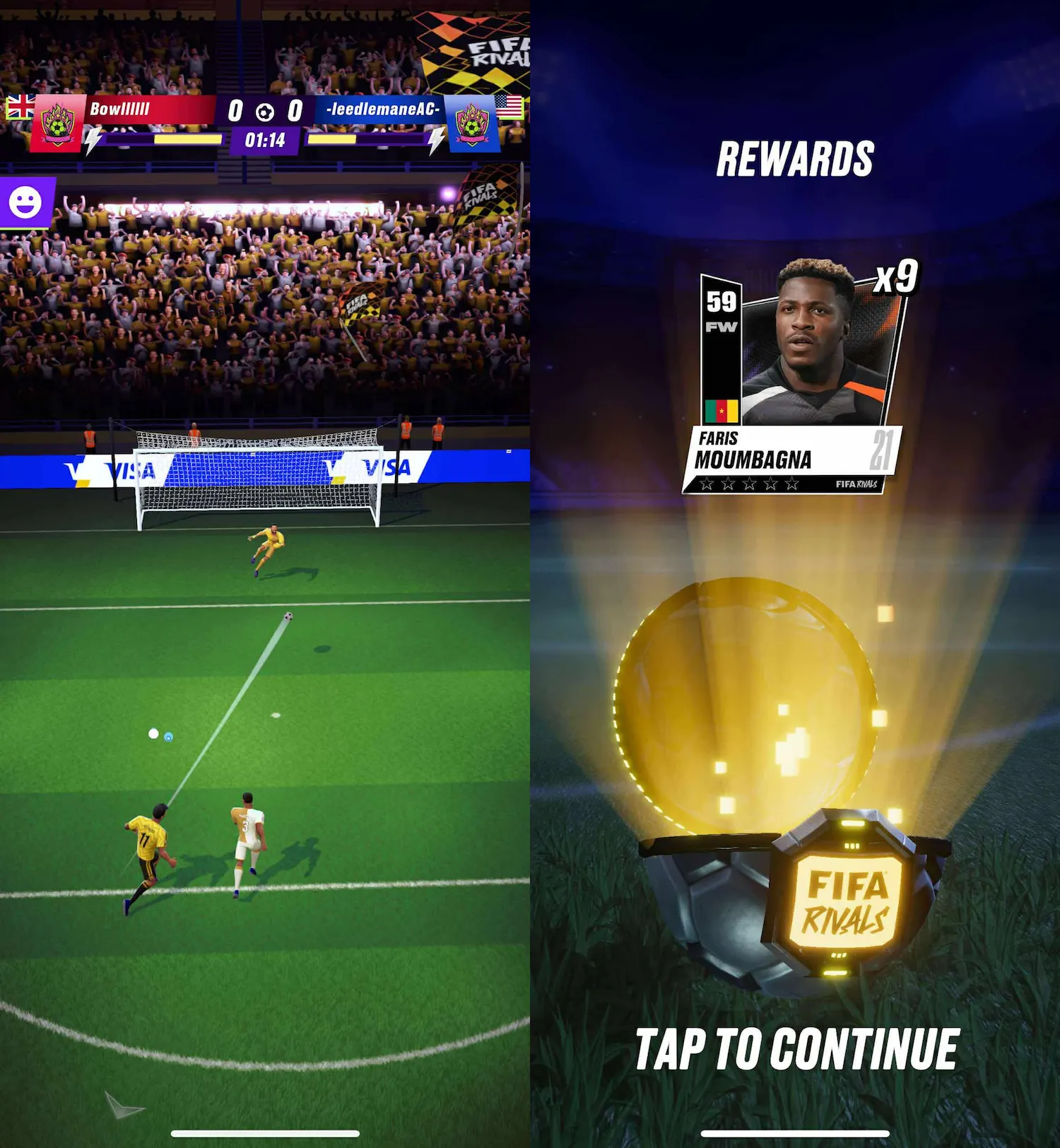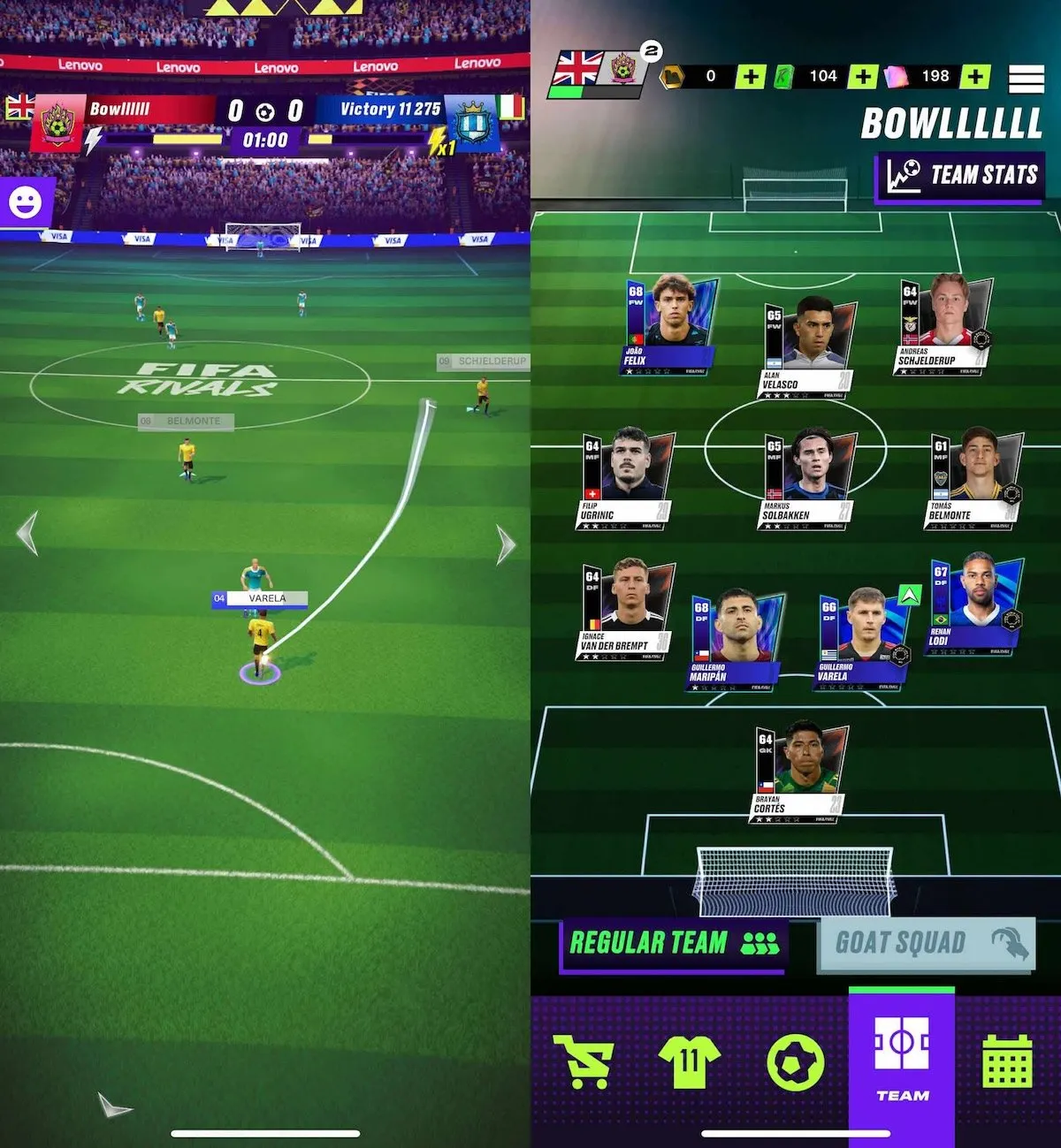Is ’FIFA Rivals’ the NFT Soccer Game Worth Your Time and Crypto?
Blockchain meets the beautiful game—but does it score?
FIFA Rivals kicks off with NFT-powered player cards, flashy tokenomics, and promises of play-to-earn glory. But beneath the hype, does it deliver? We break down the gameplay, economics, and whether it's a red card or a goal for crypto-gaming.
Gameplay: Smooth passes or own goals?
The mechanics mirror classic FIFA Ultimate Team—but with blockchain wallets replacing EA accounts. Player NFTs range from bargain-bin fodder to Messi-tier digital gold. Transactions? Gas fees still bite harder than a reckless tackle.
Tokenomics: Play-to-earn or pay-to-win?
Their native token pumps during World Cup seasons—then tanks harder than a promoted Championship side. 'Stake your players to earn!' sounds great until you're paying $50 in ETH fees to claim $3 worth of tokens.
The verdict: Fun for crypto degens, frustrating for purists. Like most NFT projects, it works best when you ignore the 'investment' angle and treat it as a very expensive trading card game. After all, what's sports fandom without irrational financial decisions?
Pack grind
FIFA Rivals has you build your own squad of players acquired through packs, and then face off against other players online.
In this sense, it is very similar to EA FC's Ultimate Team mode, with each player having unique stats that improve as their rarity level increases. One thing that sets it apart from EA FC is that players can be leveled up for a nice stat boost if you have multiples of the same card and sufficient in-game currency.

By leveling up a card five times, it will reach its max five-star level. Once that has been done, the player can be minted as an NFT (on the Polkadot-powered Mythos Chain) by pressing the “Transform” button and spending the Voucher in-game currency. Then voila, your card is now tradable on the Mythical Market.
You can earn packs, in-game currency, and players by completing tasks, competing, and logging in every day. Over my two weeks of playing, this proved to be a fairly easy and enjoyable grind, as I felt like I was opening packs after every game.
On the pitch
Once you’re on the pitch, FIFA Rivals feels almost like a turn-based soccer game, in which you swipe your finger across the screen to control where your players run, pass, or shoot the ball. The first team to two goals wins. This is where the game’s striking similarities to Score! Hero appears.
That isn’t necessarily a bad thing. Score! Hero is a great game that I loved throughout my childhood, and the online element of the game adds a fresh feel to FIFA Rivals. However, it is missing much of what keeps the original title’s gameplay feeling fresh and varied.

In Score! Hero, you’re thrown into a wide range of difficult scenarios that force you to be creative to complete the level. By contrast, every attack feels the same in FIFA Rivals, turning the gameplay stale very quickly.
This issue isn’t helped by the “super ability” that pushes all players away from you and makes almost any shot a certain goal. It feels like a cheap win.
Players are only given a limited time to make their moves in FIFA Rivals, which adds a welcome LAYER of pressure and speed to the gameplay that Score! Hero lacks. That said, it is also the source of a lot of frustration when inputs sometimes struggle to register. I found that moving the camera was particularly janky, with my swipes often being ignored.
Still, it took me 20 games to get my first loss, which only came once I faced someone with a significantly better squad than mine. My wins weren’t particularly challenging or fulfilling, as it felt like I just walked through my opponents, and my loss felt unjustified due to the notable squad imbalance.
That kind of balance issue is common in fantasy-style sports games where “whale” players can pay for massive advantages, but it’s still frustrating to feel counted out before you’ve even touched the ball.
To purchase an epic Luis Suarez, the player that my opponent destroyed me with, I’d have had to splurge out $34 on the Mythical Market for an NFT. That’s not including boots that can be equipped for a stat boost, one of which recently sold for $4. To get Lionel Messi, widely regarded as the greatest player of all time, you must purchase all five fragments to craft him, one of which recently sold for $131. The good stuff gets pricey, particularly for a game that's free to play.
Ultimately, FIFA Rivals is a solid game with a satisfying pack grind and Core gameplay that takes inspiration from a classic of the mobile soccer game genre. However, in its current form, the game failed to keep me engaged for long.
If Mythical Games can make improvements to FIFA Rivals’ general gameplay that can keep players hooked for the long haul, then we might have a new soccer legend on our hands. But for now, FIFA Rivals has hit the crossbar—we'll see if it eventually scores the rebound.
Edited by Andrew Hayward

